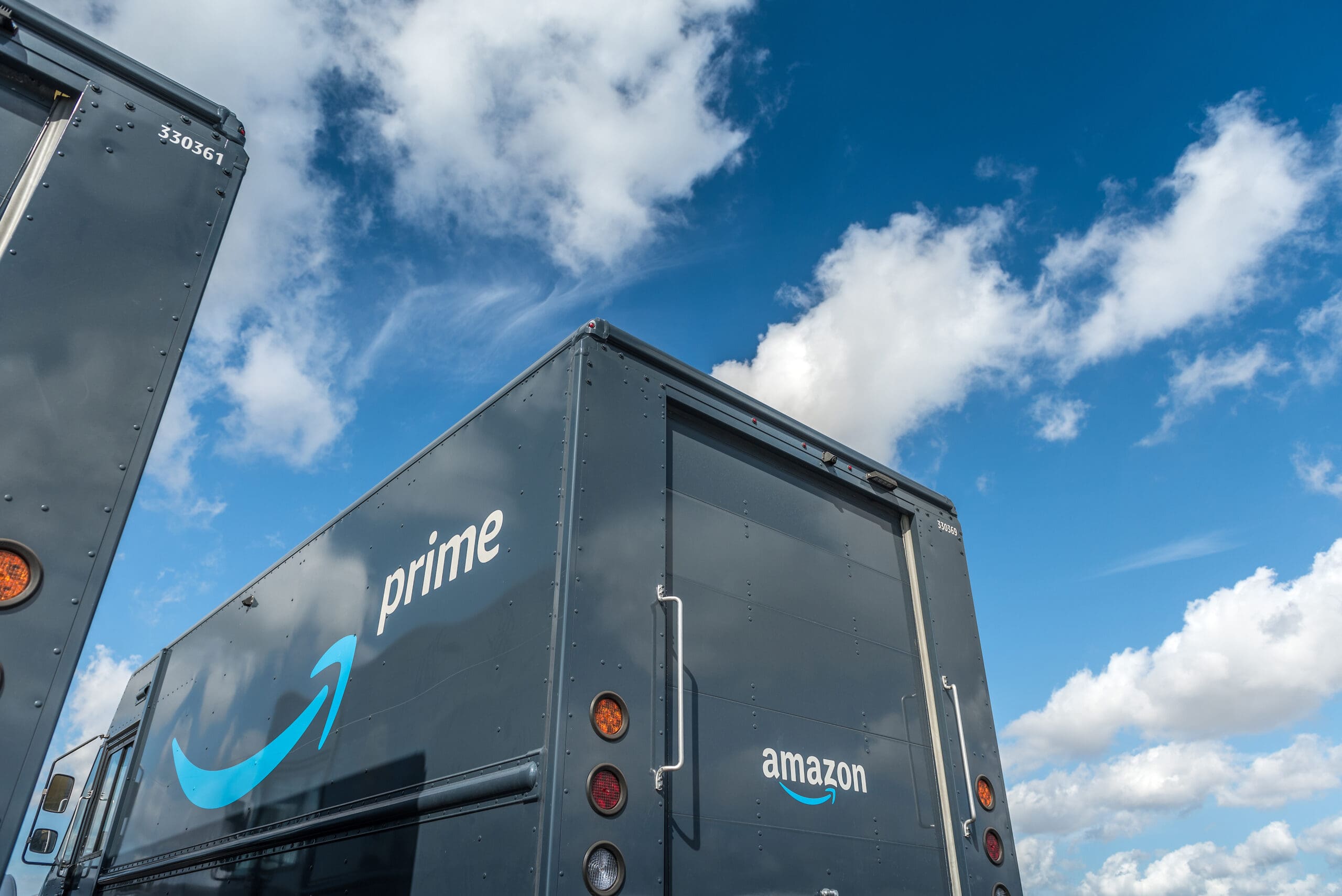Inventory is the heart of a pet store. From choosing pet friendly products to pricing competitively to always having enough inventory in stock, managing inventory is a full-time job. Inventory systems are highly encouraged to help eliminate waste, identify trends, and perfect inventory levels. If cash flow is interfering with your ability to stock enough inventory, we’ll help you solve that problem too.
Best practices for managing inventory in your pet store
Running a successful pet store is more than just having enough dog food and litter boxes in stock at all times, pet stores can have a complex inventory and clientele too. There are a variety of product categories, and within each category, there can be dozens or even hundreds of different brands and products. Additionally, depending on what animals your pet store caters to, you may have hundreds of brands and products for each different type of pet. For example, you can have more than just cat and dog supplies. There are fish, lizards, snakes, reptiles, hamsters, gerbils, guinea pigs, birds, and more. Each pet type requires different types of food, shelter, toys, and supplies.
Keeping track of your inventory can be an incredibly complex and full-time job. Here are some of the best practices you may want to consider when managing the inventory of your pet store.
#1. Utilize automation
Even if you only own and operate one store, there are many ways that automation can help you manage your inventory. For example, investing in a quality POS and inventory management system can do wonders to automatically track your inventory and notify you when specific items need to be ordered. You can even use your inventory management system to automatically generate and send purchase orders to vendors for some or all of your top-selling products.
#2. Have an inventory management process in place
Every business that contains a large amount of inventory needs to have an inventory management system process in place. An inventory management process includes recording, tracking, and managing your inventory. The goal is to maintain a balance between having enough inventory to make sure you can make every sale and not tying up too much of your working capital in stock.
In order to achieve this, you should designate either yourself or one of your employees to be one hundred percent responsible for your inventory management process. By designating one person to inventory management, you can help to make sure that inventory is given the attention it needs to help your business be successful. You should also have this designated person work in tandem with effective inventory management software.
Some of the responsibilities of this position may include inventory control, stock review, cycle counting, and working with vendors to use your inventory management system data to identify trends, high-demand items, and seasonality, and to help forecast future purchases.
#3. Share data with your suppliers
By using a high-quality inventory management system, you can easily share your sales data with your suppliers. This type of data is mutually beneficial for both your business and the business of your suppliers. Suppliers can use this data to see which products are working and which are not and help you make future purchasing decisions that can help reduce waste while increasing sales and revenue.
Your suppliers may also be aware of the latest products and technologies available that you may not have time to research. They then can help you update your inventory to ensure you have the latest offerings available. Suppliers also may have access to what other pet stores are purchasing in your region that tends to be selling well for them. The goal of your supplier is to help increase your business so they can increase yours.
#4. Target a returning customer base (create loyalty)
The unique thing about pet store customers is that if you can build a relationship with a pet owner early on, they are more likely to stay loyal to you and your store over the life cycle of their pets. For example, when a customer comes in for the first time, they could have just gotten a puppy or kitten and need specific products for the early stages of their animals’ lives. Take the opportunity to build trust early by having the products they need in stock and competitively priced, and they will likely return for every purchase they need throughout the animal’s entire life. Also, if you do not have an item they want, promise you will start stocking it and do it. Returning customers are the bread and butter of a successful pet store. Customers often choose a small pet store over a large retailer because they appreciate hand-selected products and pet lovers that greet them upon arrival. To compete with major retailers though you may need to offer easy shopping methods such as online ordering or curbside pickup. You can also stock specialty items that your Walmarts, Targets, and other big box retailers are not going to carry. This could be everything from organic treats to CBD products.
#5. Purchase stock wholesale
This should be economics 101, however, as a pet store owner, you need to work with your suppliers to make purchases that qualify for wholesale pricing. Whether that is making minimum quantity purchases or ensuring you have a minimum number of orders over a period of time, do whatever you can to maintain that relationship with your suppliers that gives you access to the best wholesale prices. Again, it’s a balancing act. You can easily do this with the items that fly off your shelves, however, be careful with other items that may not sell as well. Having inventory that sits on the sales floor or in the stock room for long periods of time can put some serious limitations on your cash flow.
#6. Invest in a POS system
The main benefit of investing in a POS system is that you can update your inventory in real-time as well as digitize inventory counts to be automatically entered into inventory management systems. You may be surprised to learn that there are still some pet store owners using paper inventory management systems that can often become inaccurate and inefficient.
#7. Have a system for liquidating obsolete inventory
If you have your own pet store and you struggle to find ways to get rid of the old inventory to make way for new, there are several tactics that other pet store owners have used in the past to some degree of success. Here are some of the quickest ways to work toward liquidating older inventory.
- Remerchandising and remarketing: Sometimes products can be lacking sales simply because of their placement in the store or how they appear on the shelves. Experiment with moving things around, creating additional signage, or building special displays.
- Sales promotions and/or events: Inventory liquidation sales are quite common in retail. Offer special sales on select items or create sales events with massive discounts.
- Bundle items: Try bundling items together with buy-one-get-one deals or creating special baskets or bundles with additional discounts.
- Incentive-based giveaways: Encourage customers to spend a minimum amount of money in the store to earn free items or pet care. For example, spend $100 and receive a free grooming session for your pet.
- Supplier exchange programs: Speak with your suppliers to see if they have any programs in place to help with inventory liquidation. They may also be willing to swap out older products for new products in some type of exchange program.
- Donate for tax benefits: Anything you cannot sell, you could also consider donating to pet rescues, animal humane societies, and other organizations that help animals. Not only will your extra inventory go to a good cause, but you can also receive some tax incentives as well.
How inventory financing can help your pet store business
Inventory financing is a powerful tool that many pet stores use to help maintain their inventory levels and pay for large purchases without restricting their cash flow. Inventory financing is especially helpful for pet stores that may just be starting out and need to make their initial purchases before their grand opening. The problem is that traditional methods of inventory financing are known for being expensive and hard to qualify for. An entrepreneur just like you once faced the very same problems with inventory financing. As an entrepreneur he set out to solve a major problem and Kickfurther was born.
Kickfurther is the world’s first online inventory funding platform that enables small businesses to access funds that they are unable to acquire through traditional sources. For companies that sell physical products or non-perishable consumables and have revenue between $150k to $15mm over the last 12 months, Kickfurther can help. We connect brands to a community of backers who help fund inventory on consignment and give brands flexibility to pay that back as they receive cash from sales.
Kickfurther can help startups and small businesses fund millions of dollars of inventory at costs up to 30% lower cost than the competition. With more than $100 million in inventory funded to date, Kickfurther can help you get funded within a day or even minutes to hours.
Closing thoughts
Running a successful pet store involves a major commitment and seamless execution. Paying attention to the small details can make all the difference. As you encounter small or large problems, always commit to finding a solution.
Interested in getting funded at Kickfurther? Here are 3 easy steps to get started:
#1. Create a free business account
#2. Complete the online application
#3. Review a potential deal with one of our account reps & get funded in minutes
Learn more about pet store inventory financing solutions.






